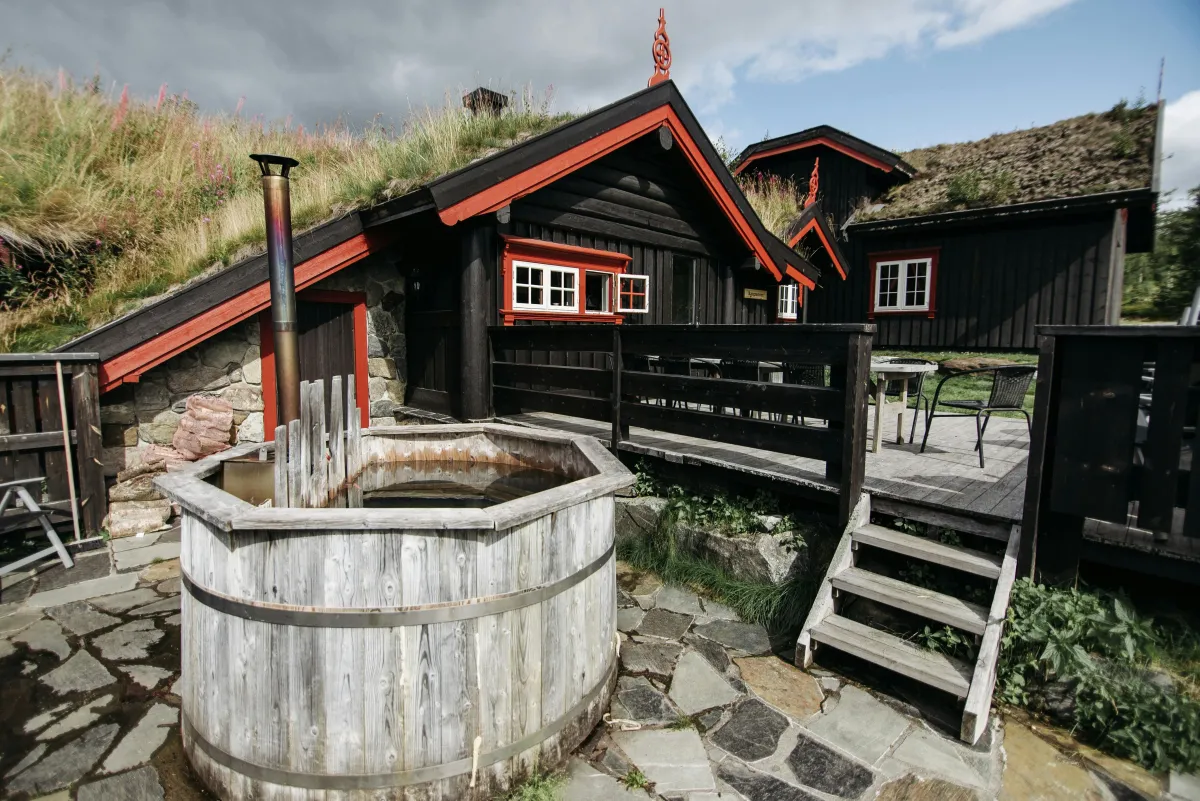
Help! I Need To Get Rid Of My Old Hot Tub
Help! I Need To Get Rid Of My Old Hot Tub
Removing an old hot tub can be a daunting task, but with proper planning and execution, it can be managed efficiently. Whether you're upgrading to a new model, reclaiming backyard space, or disposing of a non-functional unit, understanding the steps involved is crucial. Here's a comprehensive guide to help you navigate the hot tub removal process:
1. Assess the Situation
Begin by evaluating the condition of your hot tub and its surroundings. Determine the size, weight, and structural integrity of the unit. Consider its location—whether it's indoors, outdoors, on a deck, or in a confined space—as this will influence the removal strategy. Identifying potential obstacles, such as narrow gates or overhanging structures, is essential for a smooth process.
2. Disconnect Power and Utilities
Safety is paramount. Ensure the hot tub is completely disconnected from all power sources. Locate the circuit breaker dedicated to the hot tub and switch it off. If the unit is connected to gas lines or other utilities, these should be safely disconnected as well. It's advisable to consult or hire a licensed electrician or plumber to handle these disconnections to prevent accidents.
3. Drain the Hot Tub
Properly draining the water is a critical step. Attach a garden hose to the hot tub's drain valve and direct the water to an appropriate drainage area, away from your home's foundation and landscaping. This process may take some time, depending on the tub's size and water capacity. Ensure all water is expelled to facilitate easier handling during removal.
4. Plan for Disposal
Decide on the disposal method for your hot tub. Options include selling, recycling, donating, or disposing of it as waste. If the hot tub is in working condition, consider selling or donating it. For non-functional units, recycling is an eco-friendly option, as many components can be repurposed. Research local regulations and facilities in Utah County and Salt Lake County to ensure compliance with disposal guidelines.
5. Dismantle the Hot Tub
If the hot tub cannot be removed intact due to size or location constraints, dismantling it may be necessary. This involves:
Removing Panels and Components: Detach access panels to expose internal components like pumps, heaters, and wiring. Carefully disconnect these parts, keeping track of screws and fittings.
Cutting the Shell: Using appropriate tools, such as a reciprocating saw, cut the shell into manageable sections. Always wear protective gear, including gloves, safety glasses, and a dust mask, to guard against debris and sharp edges.
Handling Insulation: Be prepared to deal with insulation materials, which can be messy and may contain fiberglass. Proper protective clothing is recommended during this step.
6. Remove Debris and Clean the Area
After dismantling, remove all debris from the site. This includes the hot tub shell pieces, insulation, and any remaining components. Ensure the area is thoroughly cleaned, especially if you plan to install a new hot tub or repurpose the space.
7. Consider Professional Assistance
Hot tub removal can be labor-intensive and potentially hazardous. Hiring professionals can alleviate the burden and ensure safe disposal. Services like Trash Panda Disposal, a veteran-owned company serving Davis County, Utah County, and Salt Lake County, specialize in junk removal, including hot tubs. They handle the heavy lifting, transportation, and disposal, adhering to local regulations and recycling protocols.
8. Verify Disposal Practices
When choosing a removal service, inquire about their disposal methods. Environmentally responsible companies prioritize recycling and proper waste management, minimizing landfill contributions. For instance, Utah Hot Tub Movers, based in Salt Lake City, emphasize eco-friendly disposal practices, ensuring that reusable parts are salvaged and hazardous materials are handled appropriately.
9. Prepare for Future Installations
If you're replacing the old hot tub with a new one, ensure the site is prepared accordingly. This may involve inspecting and reinforcing the foundation, updating electrical connections, or modifying the surrounding area to accommodate the new unit.
10. Reflect on Safety and Regulations
Throughout the removal process, prioritize safety. Use proper tools and equipment, and follow manufacturer guidelines when available. Additionally, be mindful of local regulations regarding waste disposal and recycling to ensure compliance and promote environmental sustainability.
By following these steps, you can efficiently and safely remove your old hot tub, making way for new projects or installations. Whether you choose to undertake the task yourself or hire professionals, proper planning and execution are key to a successful hot tub removal.